- Written By Team DWS
- Festivals
- October 24, 2025
Sacred Union of Devotion: The Divine Story of Tulsi Vivah
Introduction: The Holy Wedding That Marks New Beginnings
As the fragrance of winter approaches and the air fills with divine chants, Hindu households across India prepare for one of the most sacred and joyous occasions — Tulsi Vivah, the holy marriage of Goddess Tulsi and Lord Vishnu. This ceremonial union is not merely a ritual; it’s a celebration of devotion, purity, and prosperity — a merger between nature and divinity that signifies the revival of auspicious times.
Tulsi Vivah is performed annually between Prabodhini (Dev Uthani) Ekadashi and Kartik Purnima, marking the end of the monsoon and the awakening of gods after their four-month rest during Chaturmas. The ritual represents the symbolic marriage of Tulsi (Holy Basil), the earthly manifestation of Goddess Vrinda, with Lord Vishnu in the form of Shaligram, a sacred stone embodying His presence.
Celebrated with spiritual fervor across India, Tulsi Vivah embodies the harmony between faith and nature, reminding humanity of the sanctity of devotion and the importance of divine connection in everyday life.
638969210561158708.jpg)
The Legendary Tale Behind Tulsi Vivah
Like many ancient Hindu festivals, Tulsi Vivah is firmly rooted in mythological lore, blending moral lessons with cosmic symbolism.
The Story of Vrinda and Jalandhar
According to the Padma Purana and Skanda Purana, Vrinda was a devoted wife of the asura (demon) king Jalandhar. Her pativrata dharma (unwavering devotion to her husband) made Jalandhar invincible in battle. His devotion to righteousness, combined with Vrinda’s fidelity, granted him divine powers that even the devas could not overthrow.
However, arrogance and power turned Jalandhar against the gods. The Devas, unable to defeat him, sought Lord Vishnu’s help. Vishnu, recognizing that Jalandhar’s power stemmed from Vrinda’s pure devotion, devised a divine plan.
Disguised as Jalandhar, Vishnu appeared before Vrinda, breaking her vow of chastity unknowingly. As her purity was disturbed, Jalandhar lost his divine protection and was slain in battle.
When Vrinda learned the truth, she was crushed. Her devotion turned into grief and anger. She cursed Lord Vishnu to turn into a black stone — the Shaligram, vowing that he would also experience separation from his beloved consort, Goddess Lakshmi.
Out of remorse and respect for Vrinda’s devotion, Vishnu transformed her into the Tulsi plant, revered as the holiest of all flora. He also decreed that He would marry her as Shaligram every year during Dev Uthani Ekadashi, ensuring her eternal union with the Divine.
Thus, the divine ceremony of Tulsi Vivah commemorates this sacred reconciliation — a union born not of passion, but of devotion, purity, and forgiveness.
________________________________________
Spiritual Meaning of Tulsi Vivah
Tulsi Vivah goes beyond myth — it is a spiritual allegory deeply woven into Hindu philosophy. It represents:
- Unity of Devotion and Divinity: The marriage between Tulsi (devotion) and Vishnu (divine consciousness) symbolizes the inseparable bond between faith and God.
- Purity of Heart: Tulsi embodies purity, humility, and unwavering faith. To be connected to the divine, one must cultivate these virtues.
- Cycle of Renewal: Coming after Vishnu’s awakening on Dev Uthani Ekadashi, Tulsi Vivah signifies a spiritual new year — a time when auspicious beginnings are reinstated.
- Harmony with Nature: Tulsi, a plant of immense medicinal and environmental value, reminds humanity of our bond with the natural world.
- Forgiveness and Love: Vrinda’s story teaches that even divine beings honor genuine devotion, turning sorrow into sanctity.
In essence, Tulsi Vivah celebrates life’s harmony — between human and divine, nature and consciousness, action and faith.
________________________________________
Significance of the Sacred Tulsi Plant
In Hinduism, the Tulsi plant (Ocimum sanctum) is beyond a symbol — it is regarded as a living goddess. Found in almost every Hindu household, Tulsi stands as a bridge between the physical and the spiritual.
Religious Importance
- Tulsi is considered the consort of Lord Vishnu, revered in texts like the Padma Purana, Bhavishya Purana, and Garuda Purana.
- Worshiping Tulsi daily with lamps and water is believed to invite divine blessings, remove negative energy, and maintain spiritual purity.
- Offering Tulsi leaves to Vishnu or Krishna during daily prayers is considered one of the greatest acts of devotion, purifying the soul.
Scientific and Environmental Value
Tulsi has immense medicinal properties — it purifies the environment, boosts immunity, relieves stress, and supports respiratory health. The traditional custom of planting Tulsi in courtyards is not just spiritual, but ecological, sustaining clean air and wellbeing.
Hence, Tulsi Vivah is not only a symbolic celebration of fidelity and purity but also an homage to Mother Nature and her healing powers.
________________________________________
When and How Tulsi Vivah is Celebrated
Tulsi Vivah is celebrated on Ekadashi, Dwadashi, or Purnima of Kartik month, depending on regional customs. The ceremony may fall anytime between Dev Uthani Ekadashi and Kartik Purnima, typically corresponding to October–November.
While the rituals vary regionally, the essence remains universal — a divine wedding performed with traditional Hindu customs, joy, and collective devotion.
________________________________________
Preparing for Tulsi Vivah
Pre-Festival Rituals
- Cleaning and Decoration: The house and courtyard are cleaned thoroughly. A Tulsi Vrindavan (a decorated pedestal housing the Tulsi plant) is adorned with rangoli, sugarcane, banana leaves, and marigold garlands.
- Setting the Mandap (Canopy): A small wedding canopy is made over the Tulsi plant using sugarcane stalks and colorful cloths, symbolizing the wedding pavilion.
- Bride and Groom Representation:
o Tulsi is dressed as the bride with a red sari, bindi, and ornaments.
o Lord Vishnu, represented by Shaligram, is placed on a wooden seat nearby, decorated as a groom with silk, garlands, and jewellery.
Items Used in the Puja
- Tulsi leaves and flowers
- Shaligram or Vishnu idol
- Coconut, betel leaves, and fruits
- Rice, cardamom, and sugar
- Pancharatna (five metals), incense, and diya
- Wedding thread, sindoor, turmeric, and sweets
________________________________________
The Tulsi Vivah Ceremony
Step-by-Step Rituals
- Invocation: The family priest or elder performs Sankalp, declaring the divine purpose of the ritual — uniting Tulsi Mata and Lord Vishnu.
- Kalash Sthapana: The sacred pot is placed, symbolizing the presence of deities and cosmic elements.
- Puja Offerings: Tulsi and Shaligram are bathed with holy water, dressed, and offered sandalwood paste, flowers, and food.
- Sacred Wedding: With the chanting of Vedic mantras, Tulsi is formally married to Vishnu using a cotton thread (mangal sutra). Songs of celebration, known as Vivah Geet, fill the air.
- Aarti and Blessing: The ceremony concludes with lighting diyas and distributing prasad, marking the start of auspicious times.
After the marriage, devotees circumambulate the Tulsi plant while chanting “Om Namo Bhagavate Vasudevaya.”
________________________________________
Regional Celebrations and Local Traditions
Northern India
In states like Uttar Pradesh and Bihar, Tulsi Vivah is celebrated with fanfare. Families treat the occasion as a daughter’s wedding, inviting guests and distributing sweets. Tulsi mandaps are lavishly decorated, and local bhajans echo through the neighborhoods.
Western India
In Gujarat and Maharashtra, the ritual plays a significant role in initiating Hindu weddings. Communities view it as a time to start new marriages, symbolically beginning the human wedding season.
Southern India
In Tamil Nadu and Karnataka, the celebration includes recitations of the Vishnu Sahasranama and Purusha Sukta hymns. Devotees use lamps and flowers to illuminate their courtyards, symbolizing divine blessings.
Eastern India
In Odisha and Bengal, families decorate clay idols of Tulsi and Vishnu, adorning them with artistic ornaments. Women observe fasting for their family’s wellbeing and offer special sweets made from coconut and jaggery.
Each region transforms the festival into a beautiful blend of devotion, celebration, and community harmony.
________________________________________
Tulsi Vivah and the Start of the Wedding Season
One of the most joyous aspects of Tulsi Vivah is that it marks the beginning of India’s auspicious wedding season. During Chaturmas, no marriage or major religious event takes place, as the gods are believed to be in a cosmic rest.
Once Lord Vishnu awakens and unites with Tulsi, the celestial energy realigns, restoring auspiciousness in the universe. Thus, the wedding season — known as Shaadi Muhurat — commences, symbolizing the reactivation of divine grace in human life.
For Hindu households, Tulsi Vivah acts as a spiritual green signal to begin celebrations — marriages, engagements, and new ventures flourish under divine light.
________________________________________
Eco-Spiritual Message of Tulsi Vivah
In modern times, Tulsi Vivah holds an even deeper meaning — it’s a sacred reminder of humanity’s duty to nature. Reverence for Tulsi reflects how the ancients merged ecology with spirituality.
- The Tulsi plant improves air quality by releasing oxygen and absorbing toxins.
- Its leaves have antibacterial, antifungal, and anti-inflammatory properties.
- The ritual of watering Tulsi daily sustains a natural connection between humans and the environment.
By worshiping Tulsi, devotees not only honor divine energy but also express gratitude toward Earth. Tulsi Vivah thus becomes a festival of sustainability, harmony, and ecological devotion.
________________________________________
Tulsi in Daily Hindu Life
The presence of Tulsi in Hindu homes is more than ritual — it is an integral part of spiritual living:
- Tulsi leaves are offered in almost every Vishnu, Krishna, and Lakshmi puja.
- Women light lamps near the Tulsi plant every evening, symbolizing wisdom dispelling darkness.
- During illness or distress, praying near Tulsi is believed to instill peace and healing.
For centuries, Tulsi has been viewed as a protector of home and heart, ensuring health, purity, and prosperity. This explains why Tulsi Vivah is celebrated with personal devotion rather than mere ceremony.
________________________________________
Vrat (Fasting) and Its Significance
Many devotees observe Tulsi Vivah Vrat, practicing self-restraint and purity throughout the day.
Fasting Guidelines
- Avoid grains, legumes, and non-vegetarian food.
- Consume fruits, milk, and simple sattvic meals.
- Offer Tulsi leaves and chant Vishnu mantras such as:
“Om Namo Bhagavate Vasudevaya” or “Om Vishnave Namah.”
By observing this vrat, devotees are believed to receive blessings equivalent to performing hundreds of yajnas and attain peace of mind and spiritual purity.
________________________________________
Devotional Songs and Cultural Expressions
Tulsi Vivah is accompanied by folk songs and devotional music narrating the story of Vrinda and Vishnu’s sacred union. Women sing Vivah Geet, describing Tulsi as a radiant bride adorned in red, awaiting her divine groom.
In temple towns like Vrindavan and Nathdwara, classical ragas dedicated to Vishnu are performed, while households play traditional bhajans. The rhythmic fusion of music and devotion transforms the festival into a spiritual celebration of love and faith.
________________________________________
Modern Reflections: Preserving Traditions
Today, with the fast pace of life, rituals like Tulsi Vivah serve as timeless reminders to slow down and reconnect with values that sustain harmony — gratitude, purity, and respect for nature.
Urban temples and spiritual organizations now hold eco-awareness campaigns in association with Tulsi Vivah celebrations, encouraging people to plant Tulsi and nurture green lifestyles.
The festival’s storytelling, symbolism, and community unity make it an ideal event for spiritual education and cultural awareness. It embodies how ancient Indian wisdom seamlessly interwove devotion with ecological consciousness.
638969210946656413.jpg)
Life Lessons from the Tulsi Vivah Legend
The story of Tulsi Vivah offers several timeless teachings:
- Faith Transcends All Forms: Vrinda’s devotion was so pure that even the Divine bowed before her sincerity.
- Forgiveness Leads to Salvation: Despite betrayal, Vrinda’s soul found eternal union, teaching that love can transform pain into glory.
- Devotion is Power: The tale emphasizes that true faith carries divine strength, capable of moving the universe itself.
- Respect Nature as Divine: By celebrating Tulsi as a goddess, humanity acknowledges the sanctity of life in every form.
- Unity of Spirit and Matter: The marriage of a plant and deity reminds that divinity pervades both the physical and spiritual worlds.
These insights make Tulsi Vivah not just a religious event but a spiritual guidebook for harmonious living.
Popular on Blogs
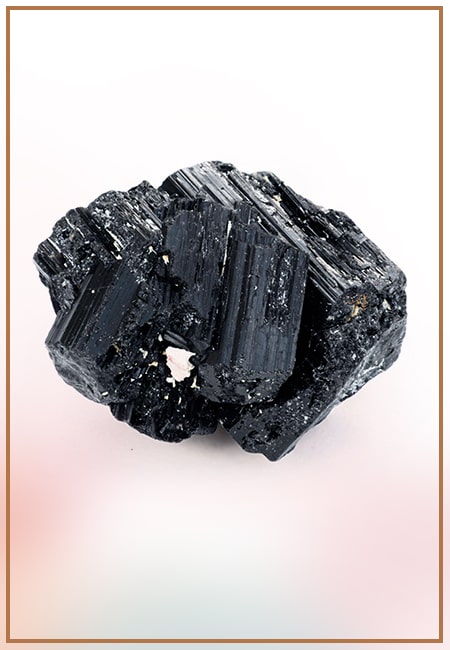
Black Tourmaline: Meaning, Healing Properties, Fascinating Facts, Powerful Attributes, Versatile Uses, and Beyond
September 05, 2023 / BY Team DWS
Black Tourmaline, also known as Schorl, is a highly revered crystal with incredible metaphysical properties. It derives its name from the Dutch word "turamali," meaning "stone with ..
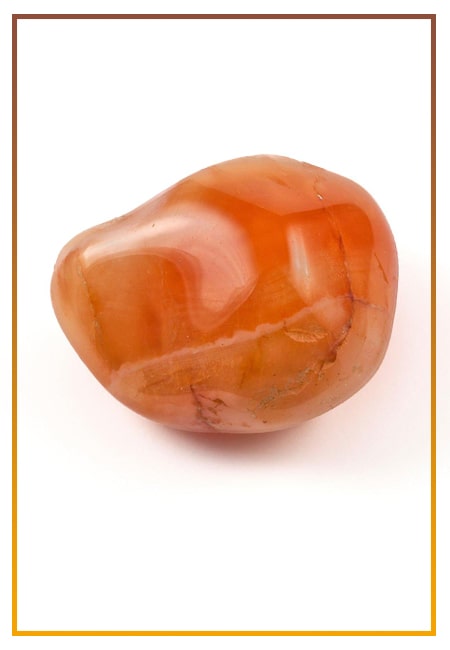
Carnelian Stone: Meaning, Healing Properties, Power, Facts, Color, Uses and More
December 26, 2023 / BY Team DWS
Carnelian is a vibrant and captivating gemstone that holds a plethora of meanings, healing properties, and powers. Its warm and fiery energy makes it a popular choice among crystal ..
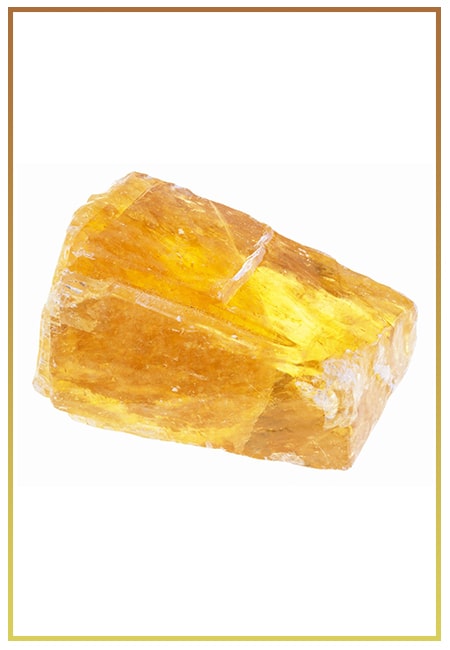
Citrine: Exploring its Meaning, Healing Properties, Fascinating Facts, Powers, Versatile Uses, and Much More
November 18, 2023 / BY Team DWS
Citrine, with its warm golden hues, has captured the attention and imagination of people for centuries. This beautiful gemstone, commonly associated with wealth and prosperity, hol ..

Black Onyx: Unveiling the Meaning, Healing Properties, Fascinating Facts, Powerful Attributes, Versatile Uses, and Beyond
July 25, 2023 / BY Team DWS
Black Onyx, a striking gemstone admired for its deep black hue and elegant appearance, has captivated people for centuries. In this comprehensive guide, we will delve into the mean ..
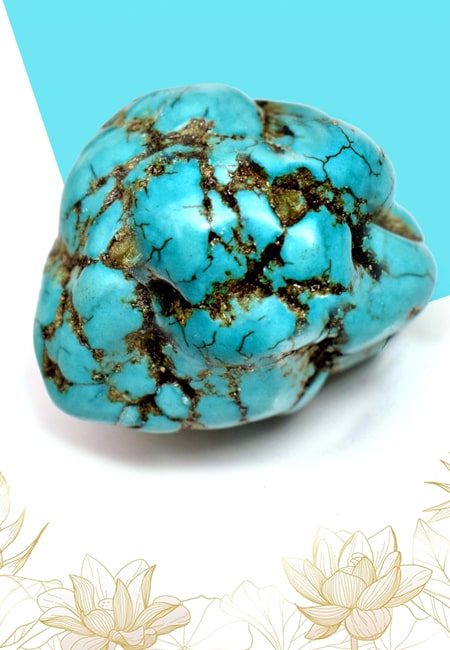
Unveiling the Mysteries of Turquoise Stone: Exploring its Meaning, Healing Properties, Power, Facts, Color, Uses, and More
December 05, 2023 / BY Team DWS
Turquoise, with its captivating blue-green hue, has been adorning jewelry and artifacts for centuries. This striking stone has a rich history, rich symbolism, and a plethora of int ..
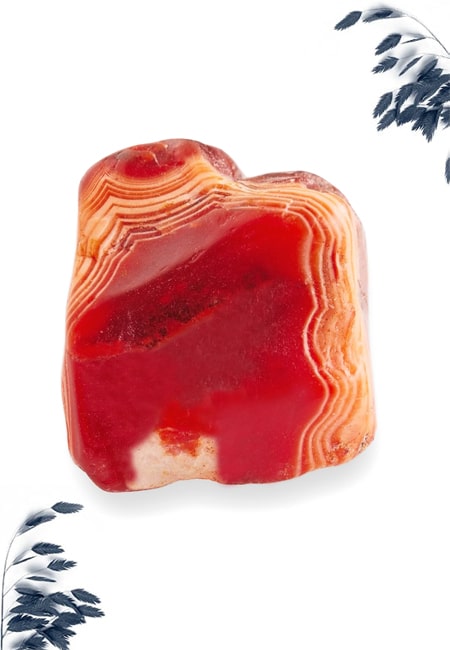
The History Behind The Popularity of Red Agate
December 23, 2022 / BY Team DWS
An Agate is a type of magma rock that takes many years till it is washed out naturally into the water. And that is the reason this stone has elements of water. This beautiful stone ..

Bloodstone: Unveiling the Meaning, Healing Properties, Facts, Powers, Uses, and More
August 21, 2023 / BY Team DWS
Bloodstone, with its captivating deep green color with specks of red, is a mesmerizing gemstone that has fascinated civilizations for centuries. It possesses unique healing propert ..

Plan a Perfect Valentine's Week with Our Valentine Week List 2025
January 22, 2024 / BY Team DWS
Valentine's Day is undoubtedly the most romantic day of the year, but we believe that one day is just not enough to express your love and make your partner feel special. That's why ..


